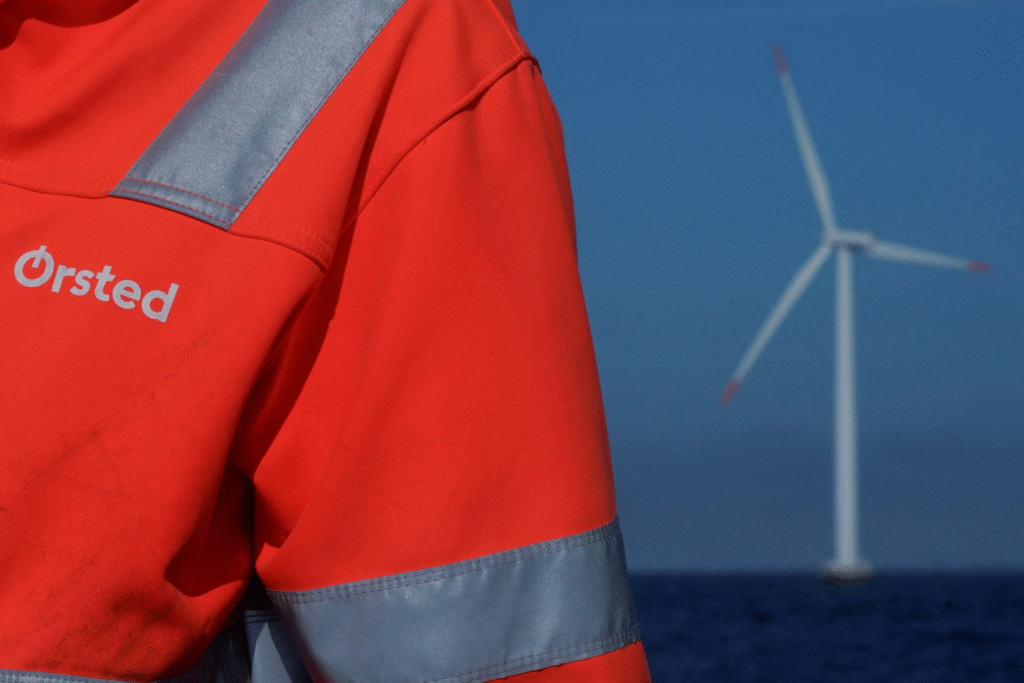Revolution Wind, a subsidiary of Ørsted, represents a cornerstone of New England’s clean energy ambitions. The project’s 704-megawatt capacity could slash carbon emissions and reduce reliance on fossil fuels, aligning with regional goals for sustainable power. Its sudden pause threatens $28 billion in offshore wind investments nationwide, according to industry estimates. The halt triggered a 16% drop in Ørsted’s stock price, wiping out significant market value and stalling a $9.4 billion rights issue. For workers, the decision jeopardizes 1,500 union jobs, underscoring the economic ripple effects of such policy shifts.
A Broader Assault on Renewables
The Revolution Wind halt is part of a larger pattern under the Trump administration, which has targeted renewable energy since taking office. On January 20, 2025, an executive order paused new offshore wind leases and permits, while subsequent directives added layers of review for projects on public and private land. The Department of the Interior now requires its secretary to personally sign off on wind and solar permits, slowing routine approvals. Industry leaders, like Jason Grumet of the American Clean Power Association, call this an “unprecedented effort to weaponize bureaucracy,” undermining a sector that supplied 17% of U.S. electricity last year.
Industry and Regional Pushback
The decision has sparked backlash from states and industry groups. Multiple states have filed lawsuits against the administration, arguing that halting projects like Revolution Wind violates existing permits and threatens economic stability. New York’s Empire Wind 1, another Ørsted project, faced a similar stop-work order in April 2025 but resumed after negotiations tied to natural gas pipeline approvals. Rhode Island officials and Ørsted are pressing for a reversal, emphasizing the project’s advanced stage and clean energy benefits. However, the administration’s focus on fossil fuels, including maintaining subsidies for oil and gas, complicates these efforts.
Challenges for Offshore Wind
Offshore wind faces unique hurdles, from high upfront costs to logistical complexities like turbine installation in deep waters. Revolution Wind’s progress—80% complete with $1.5 billion invested—made the halt particularly jarring. The project’s 65 turbines, designed to withstand harsh Atlantic conditions, were poised to deliver power by 2026. Industry analysts warn that such disruptions could deter future investments, especially as global competitors like China, which built more wind and solar than the rest of the world combined in 2023, accelerate their renewable energy programs.
Looking Ahead
The halt of Revolution Wind highlights the tension between America’s energy transition and political priorities. While the administration promotes fossil fuels, rising power demands from AI data centers and climate-driven needs underscore the urgency of renewables. If unresolved, the stoppage could delay New England’s clean energy goals and cede ground to global rivals. For now, Ørsted and regional leaders are navigating a complex landscape, hoping to restart a project critical to both the environment and the economy.
